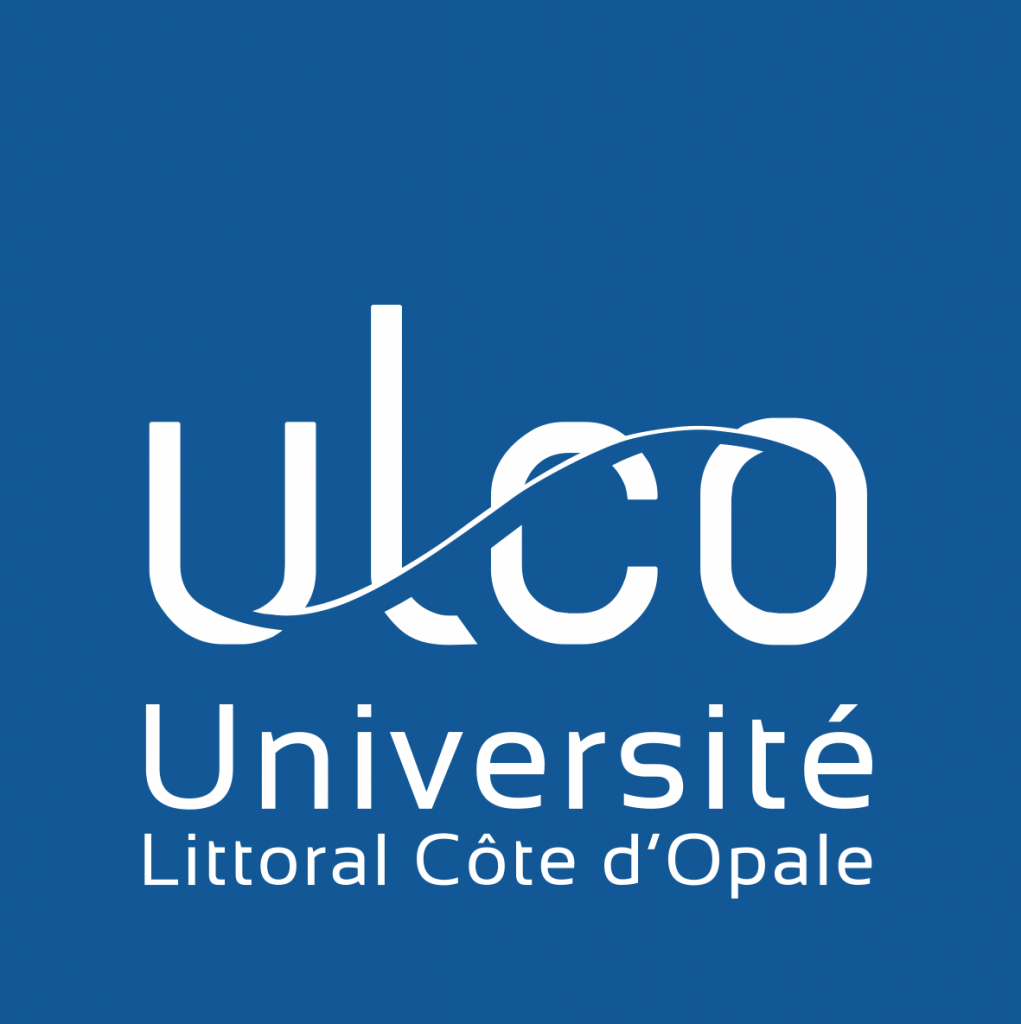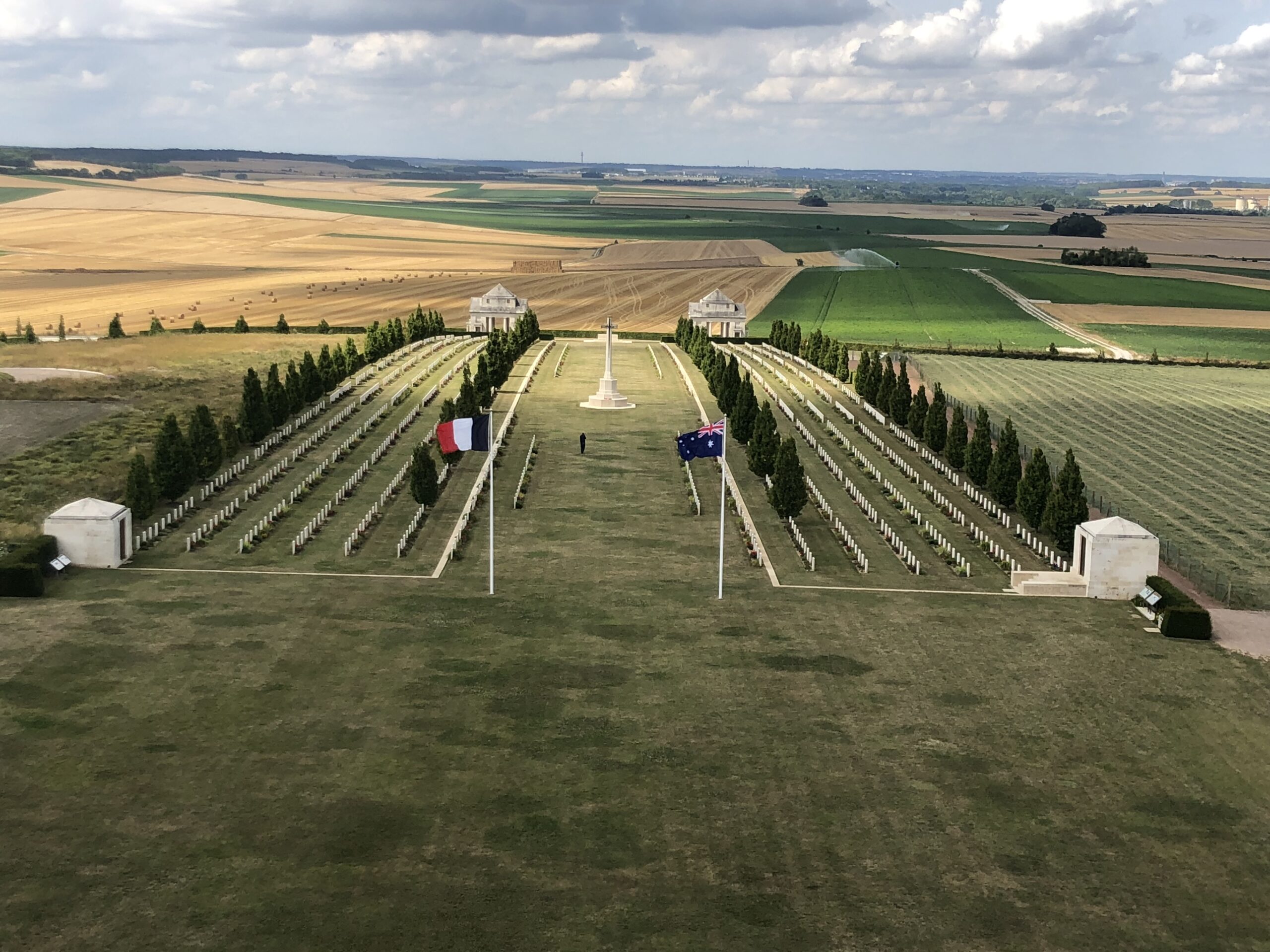
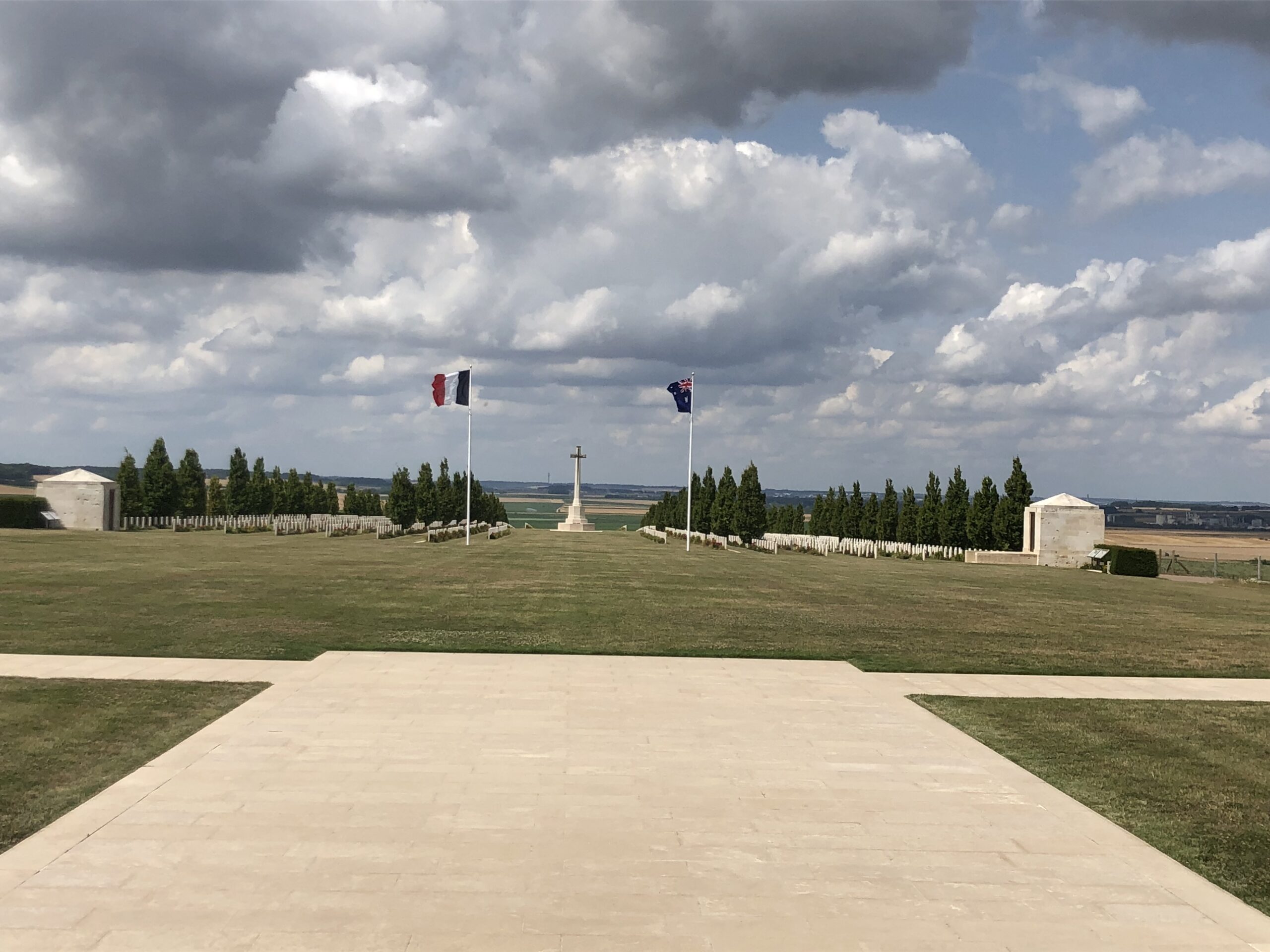
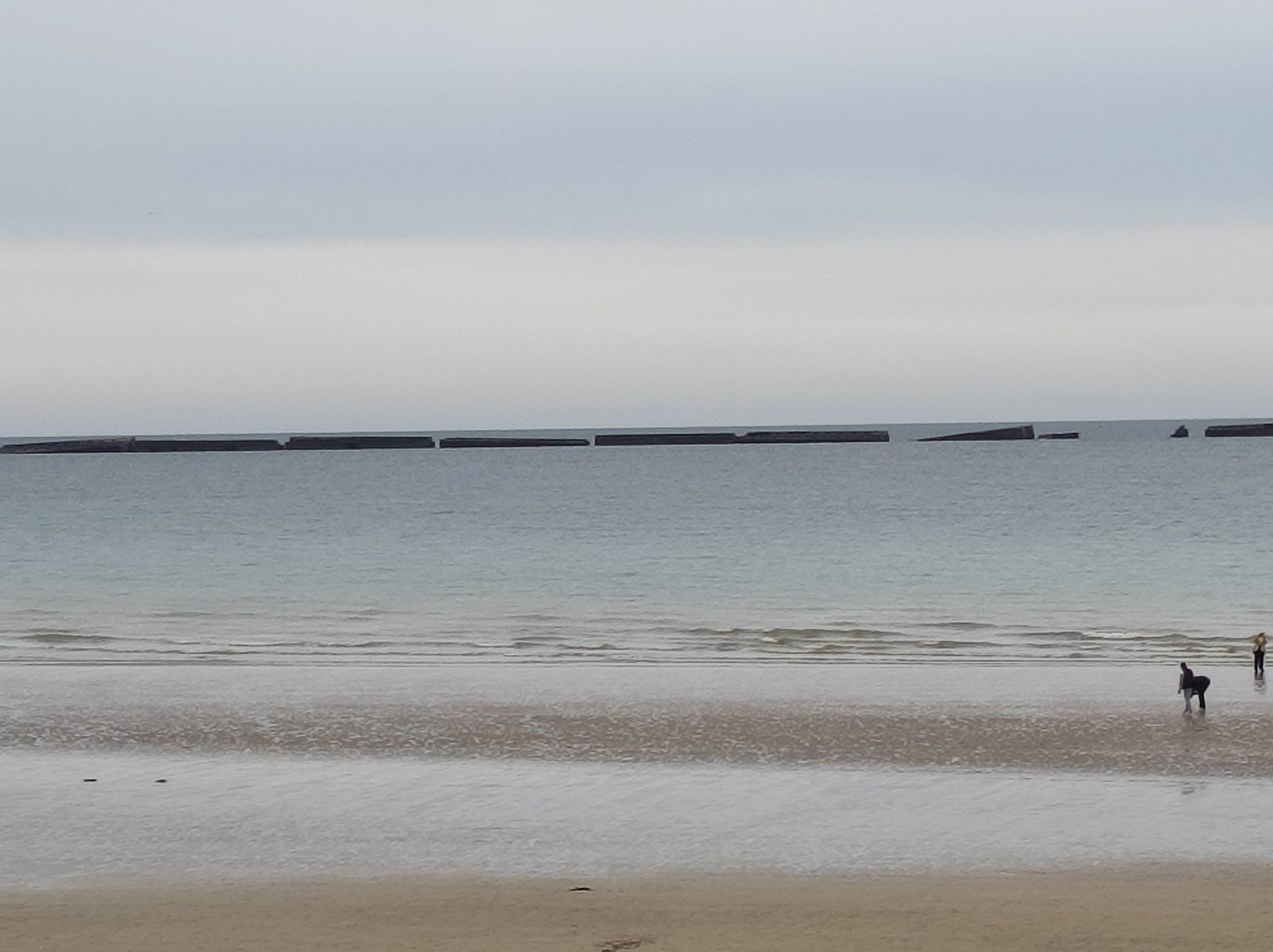
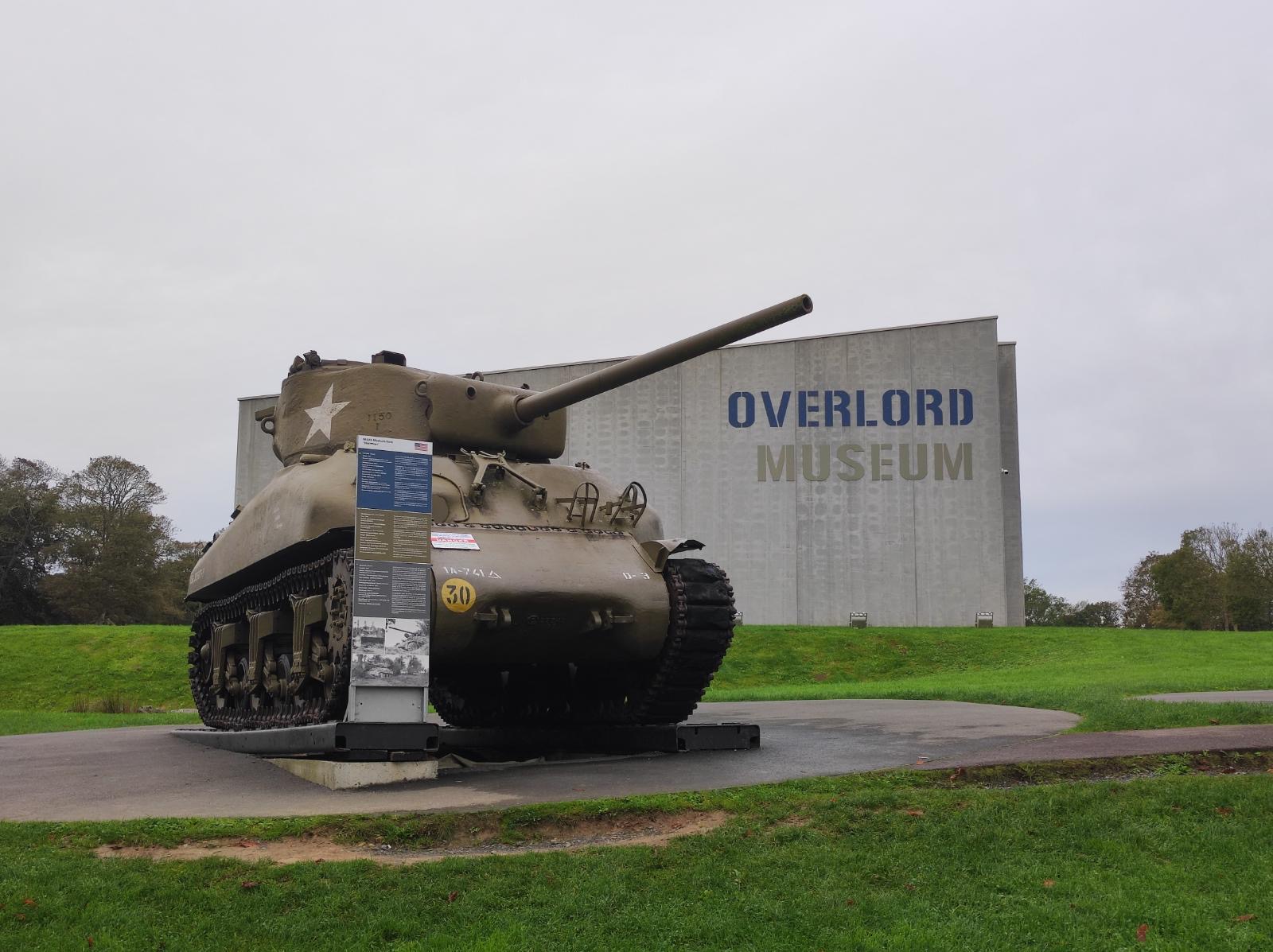
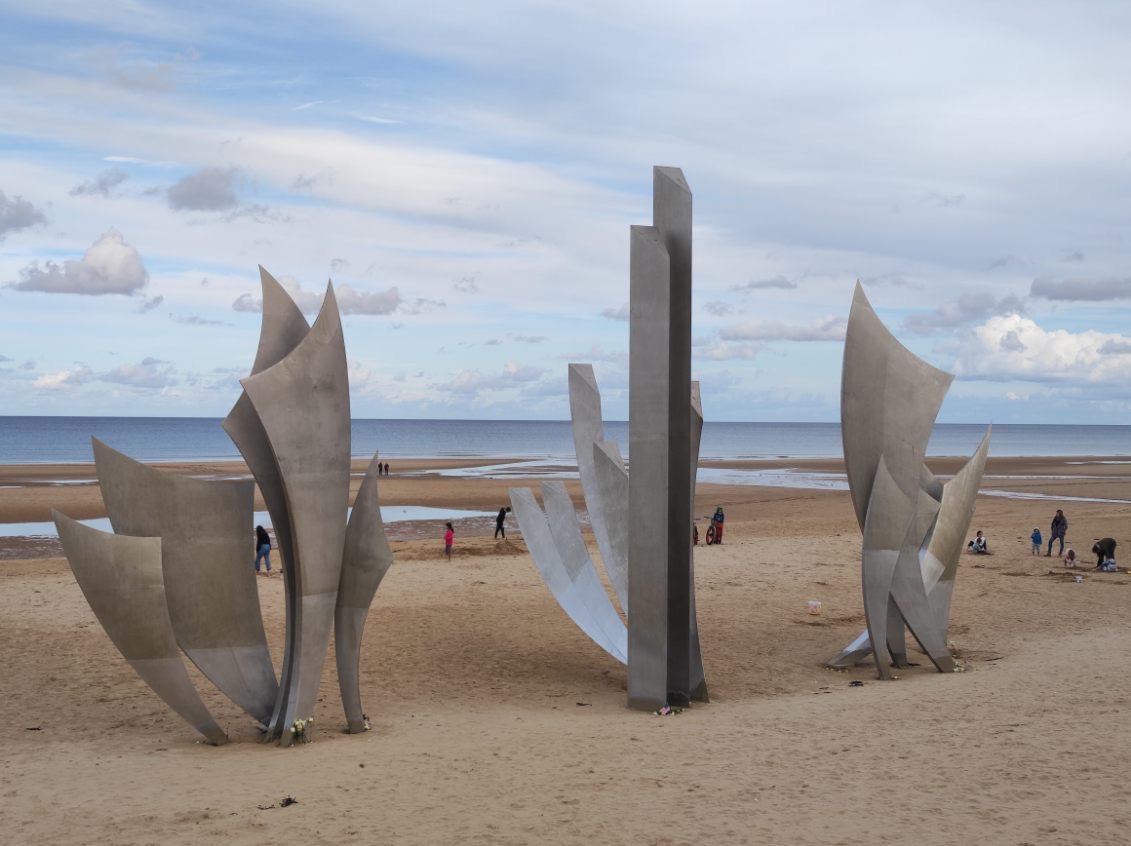
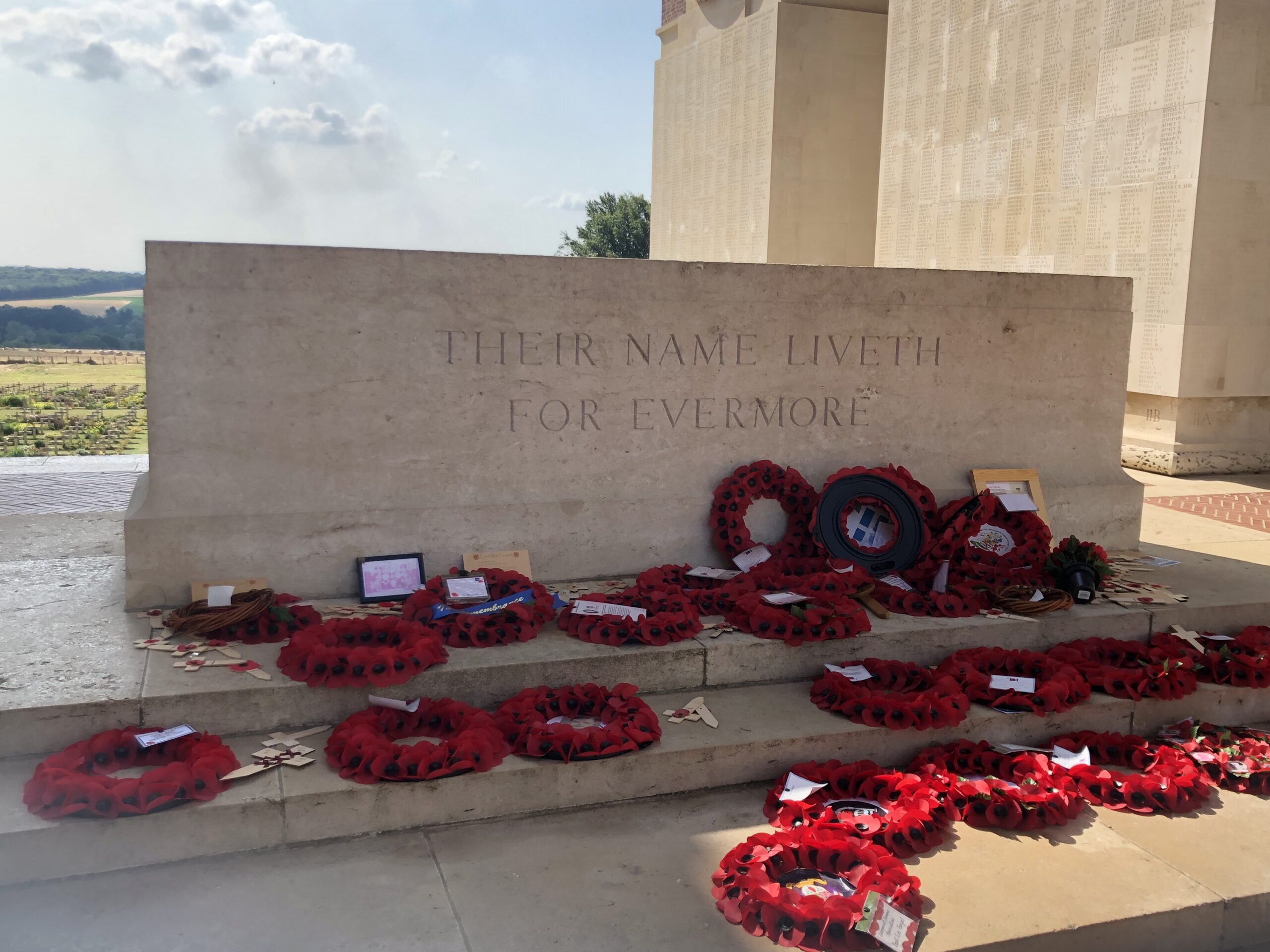
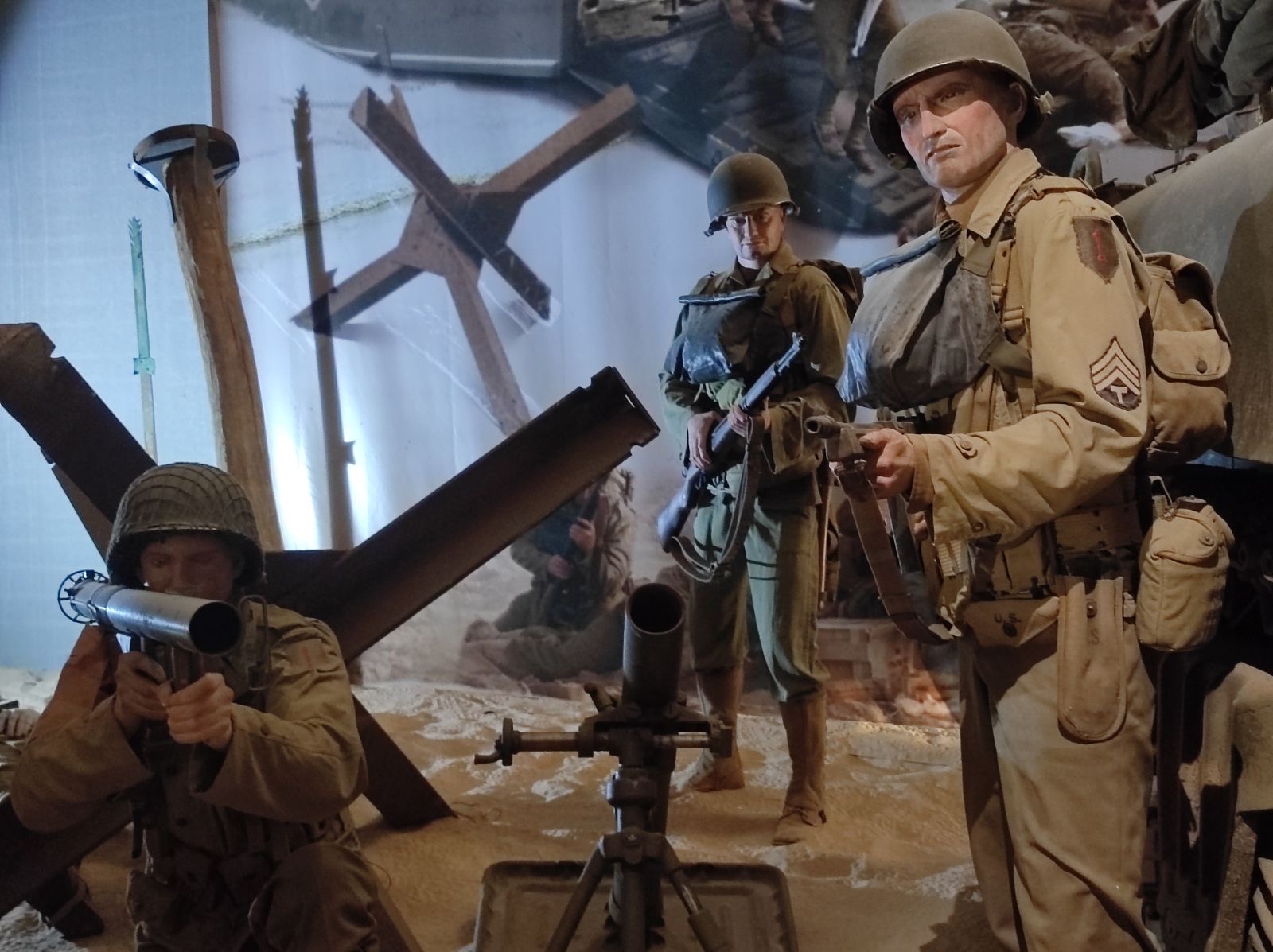
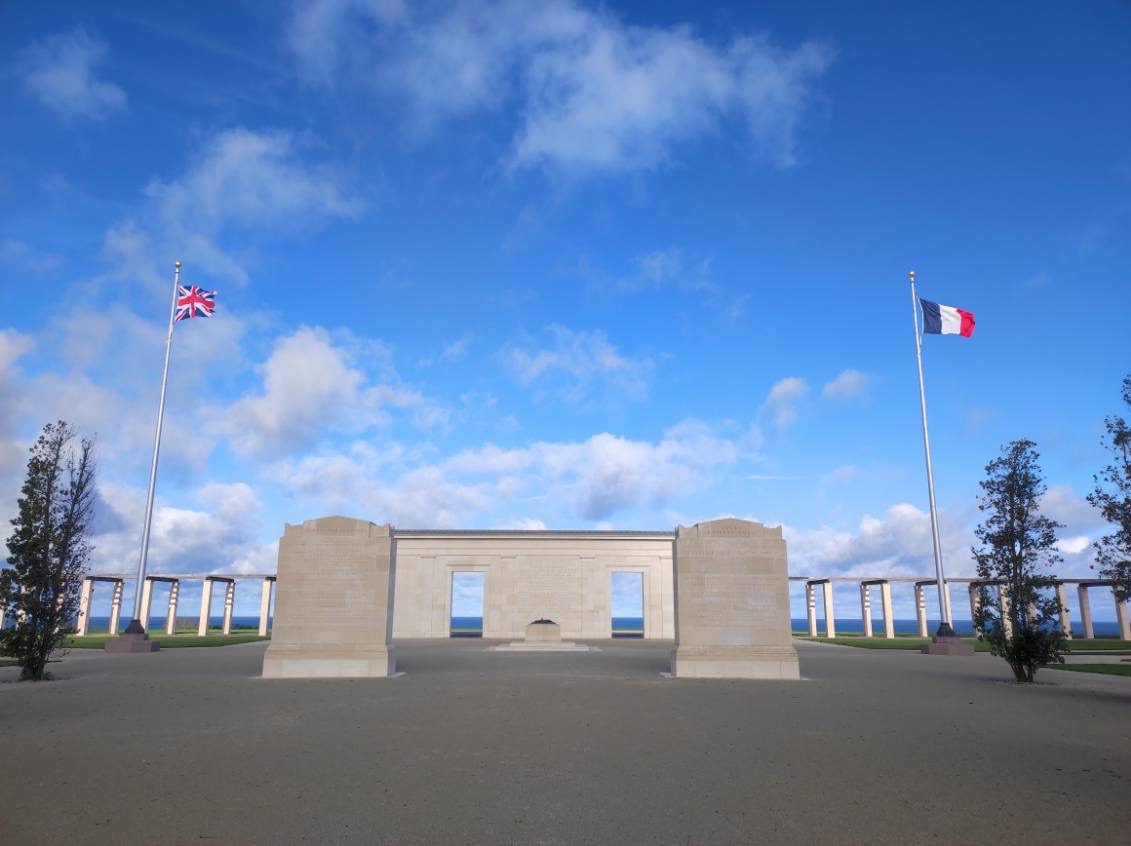
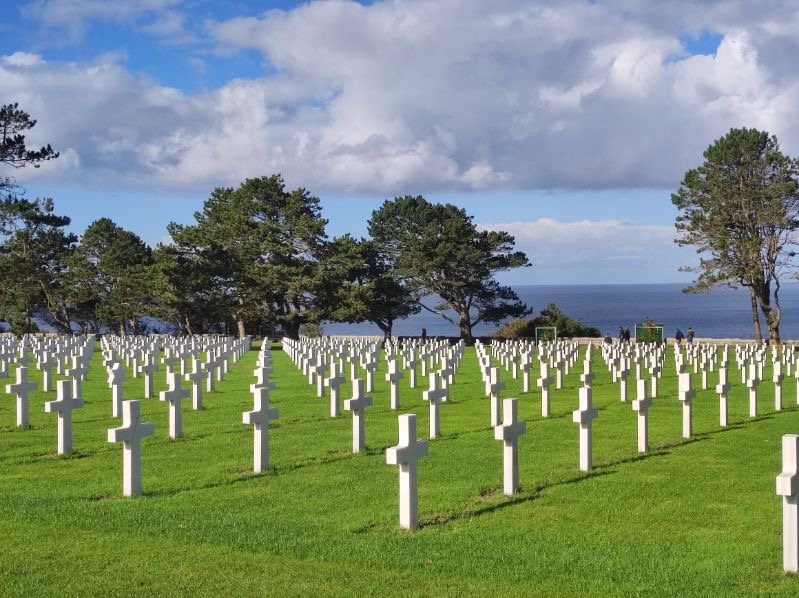
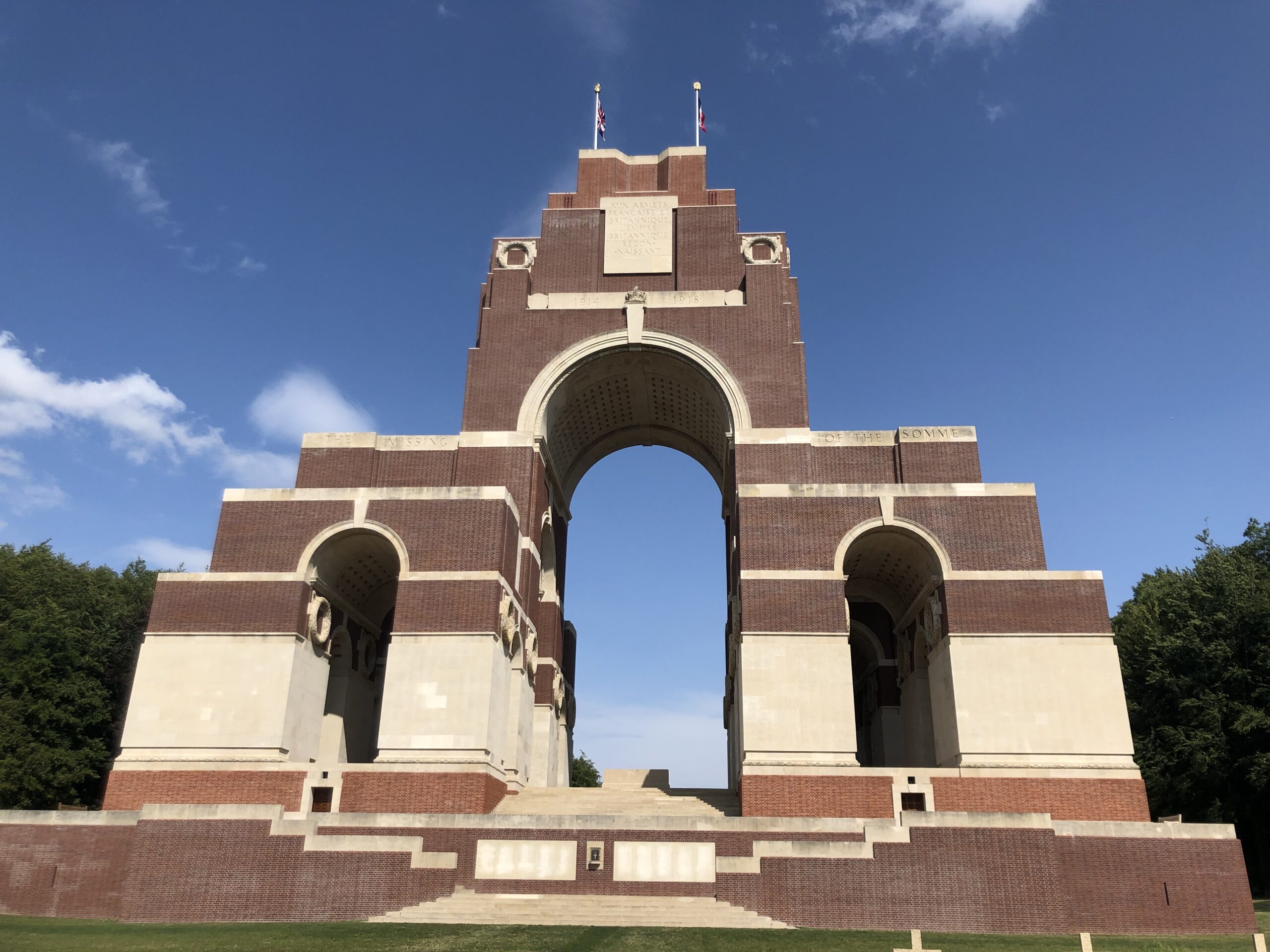
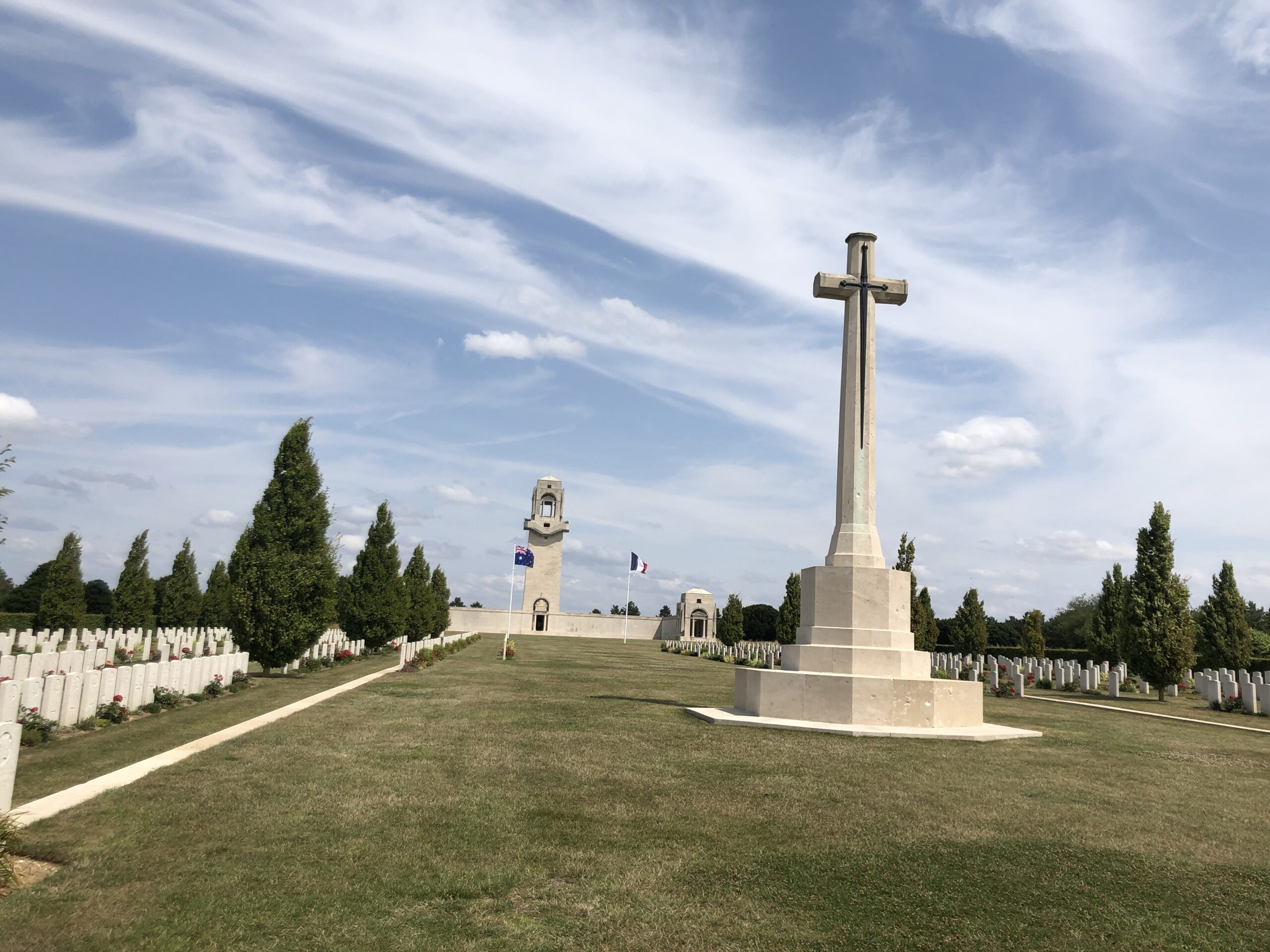
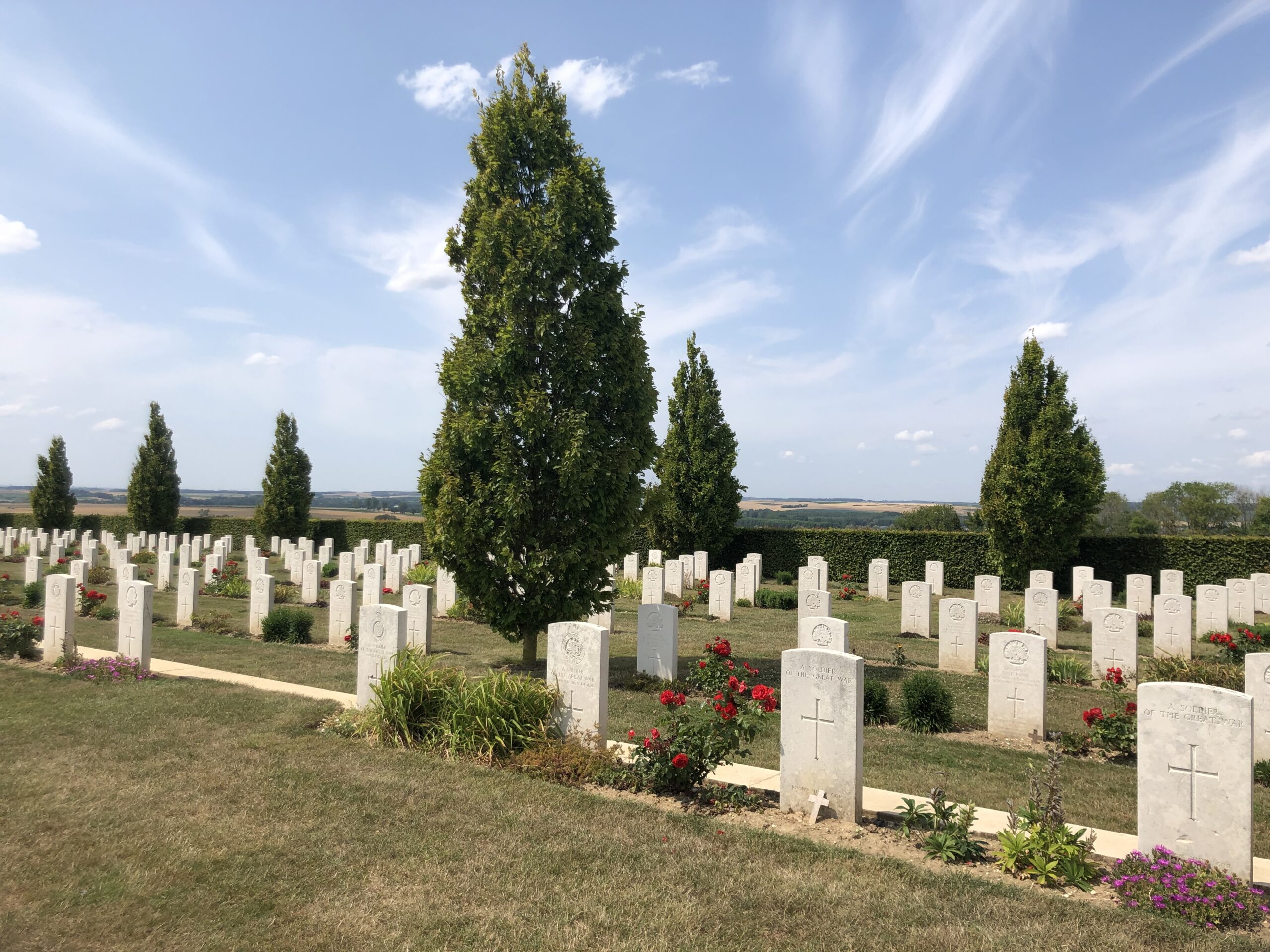
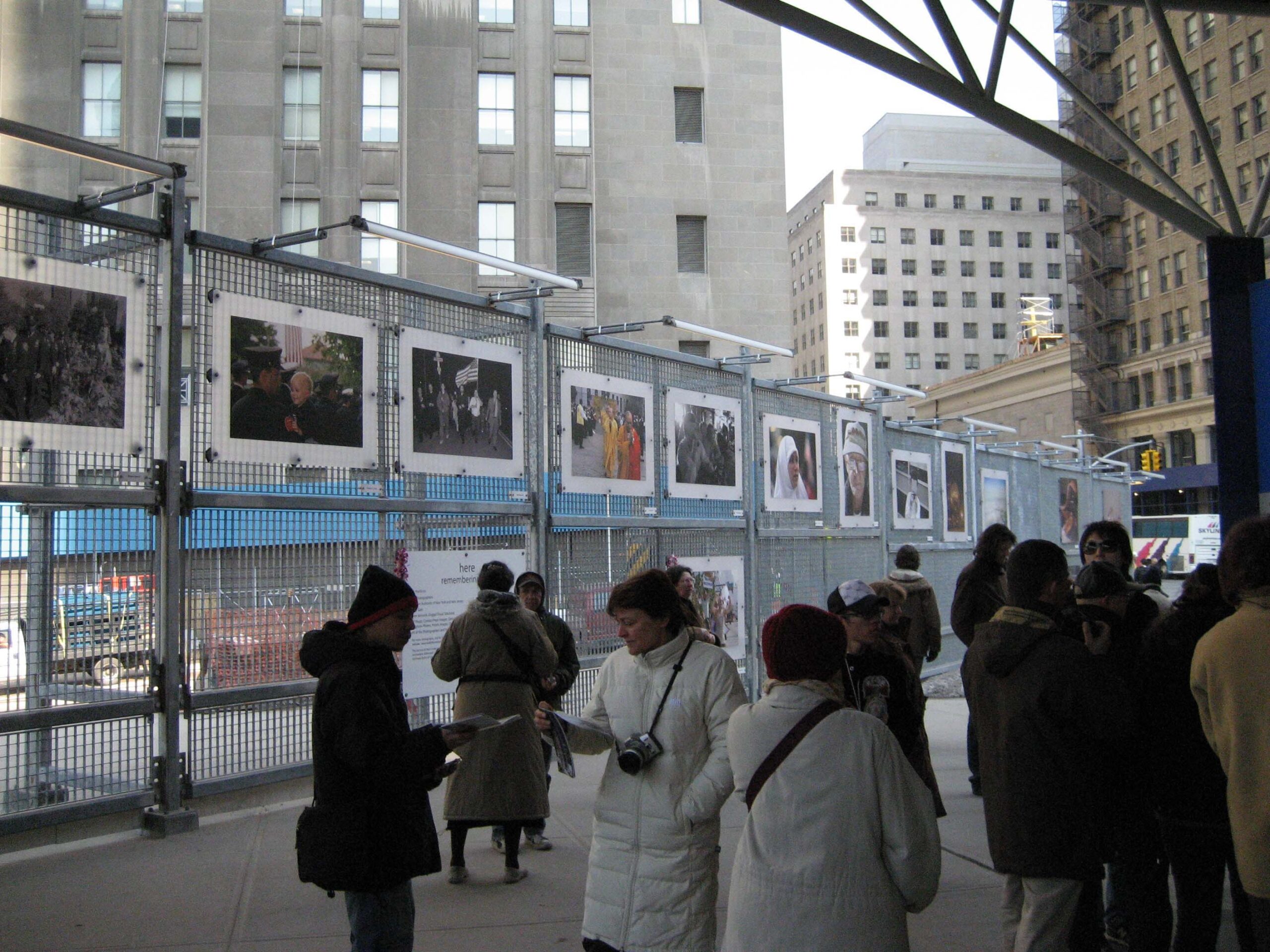
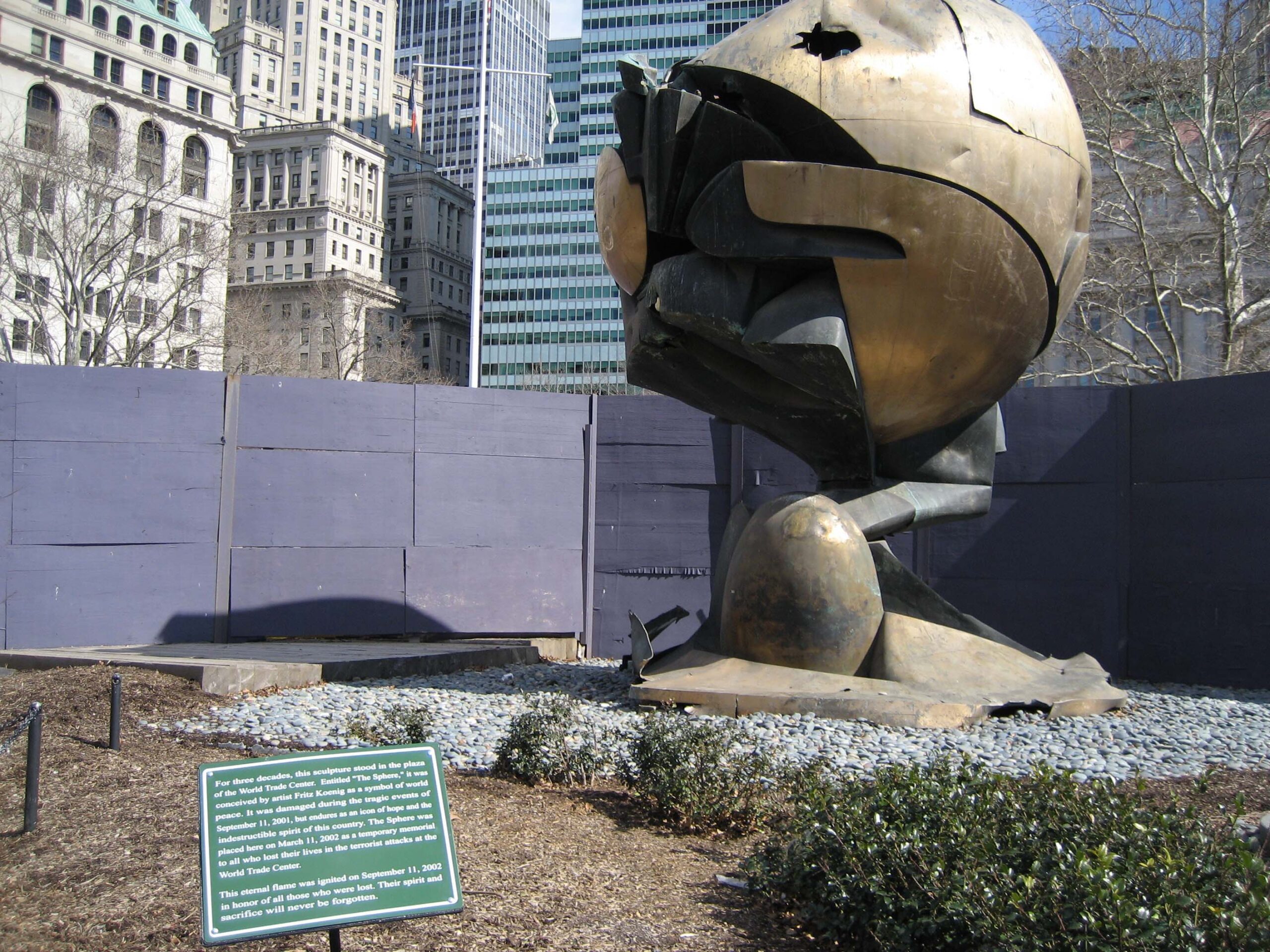

When Steven Spielberg’s Saving Private Ryan was released in 1998, many pointed to its realistic D-Day landing sequence which contributed to make the film a vivid testimony to the horrors of wars. The film’s success then led many surviving WW2 veterans and their families, as well as tourists, to walk down WW2 memory lane in even greater numbers,1 therefore once again showing that tourism, arts and memory(ies) are intertwined. As 2024 will mark the 80th anniversary of the D-Day Landing in Normandy and lead to several celebrations so as to keep alive the memory of that event, this international conference on Tourism, Arts and Memory(ies) intends to study the links between these three notions.
The war topic is unfortunately one that favours the overlapping of these notions, leading tourists to walk into soldiers’ footsteps in John Mc Crae’s Flanders Fields, to visit shooting locations and war-themed books’ and poems’ settings such as the Wilfried Owen Memorial/ formerly known as La maison forestière in Northern France.2 Tourists can also go to exhibits of paintings and drawings like Otto Dix’s haunting apocalyptical rendering of WWI or those by Léon Delarbre, David Olère and Denis Guillon who took great risks while drawing/caricaturing the atrocities carried out at Auschwitz, Buchenwald, Dora and Ellrich as a kind of testimony to the horrors of WWII.3
Tourists can also visit different types of war memorial spaces. They can walk the numerous remembrance trails going through cemeteries, and go to memorials and memorial centres such as the recent top-of -the-art John Monash Centre dedicated to the Australian expeditionary Corps during WWI.4 Indeed, these memorials and the way they are designed represent an art form in itself intended to honour the memory of soldiers whose names “liveth for evermore”. Whitehall’s Cenotaph and the Thiepval memorial thus bear witness to the work of Edwin Lutyens while the Mall in Washington D.C. gathers several monuments designed by different architects who, in their own way, all pay tribute to fallen American soldiers.
Therefore, memory can be a collective one often linked to a traumatic event, even though people may have different memories of that event. One can for example think of the tourists’ different 9/11 memories when they go to Ground Zero and visit the architect-designed 9/11 Memorial, led by local New Yorkers who also have their own recollection of that day.5 However, they all contribute to a collective memory of that fateful day and its victims on a location that has become a national place of remembrance.
War and other tragedies are hopefully not the only theme where the three notions of tourism, arts and memory(ies) overlap. For example, tourists can celebrate impressionism while visiting Claude Monet’s home in Giverny. They can also keep alive the memory of different types of artists, for example when going to Jane Austen-related museums and places such as the National
Trust’s Lyme Park in Cheshire standing for Mr Darcy’s Pemberley in the 1995 BBC adaptation of Pride and Prejudice.6 The Austrian sets of locally-shot Sound of Music (Robert Wide, 1966) still welcome tourists who, in a collective movement, may fondly recollect their own childhood when they first watch the film, as nostalgia is a kind of intimate association that also helps “sell the past”. 7
Therefore, we invite papers that evaluate the way different types of arts (whether it be films, paintings, novels, poems, statues, monuments…) can lead tourists to revisit and keep alive memory(ies), whether tragic, historical, literary, and musical such as Graceland dedicated to the memory of Elvis Presley, the Liverpool Beatles Museum and the recently opened Serge Gainsbourg museum in the Parisian house where he used to live.8
The conference also seeks to bring together scholars interested in how the overlapping of tourism, arts and memory(ies) has evolved and maybe adapted itself to present times. Indeed, the way memory(ies) are somehow celebrated through arts and then by tourists can also differ through time, leading to see the past once again as a “foreign country”9 and resulting in some deconstruction of past memory(ies) as well as a questioning of touristical and museographic practices. For example, tourists going near Parliament Square in London can see former MP and PM Winston Churchill’s statue by Ivor Roberts-Jones that has been part of the debate over statues of historical figures linked to slavery and racism. Tourists can go to exhibits on the Hudson River school artists and Frederic Remington’s paintings which all celebrate a specific 19th-century memory and vision of American natural spaces, while Will Cotton’s paintings of cowboys tend to deconstruct that vision.10
Progress linked to the Civil Rights movement as well as the Black Lives Matter movement gradually contributed to the opening or modification of slavery-linked places like for example the case of the Whitney Plantation Museum that opened in 2015 as the “very first museum slavery museum in the United States” “deconstructing the romanticized narrative of the plantation tours”.11 Netflix’s Sundance award-winning documentary Descendant (Margaret Brown, 2022) that narrates the discovery of the shipwreck Clotilda near Mobile, Alabama, and its consequences on its slaves’ African-American descendants resulted in the opening of a dedicated exhibit at the Africatown Heritage House as tourists started arriving to visit the specific place and its Oaklawn cemetery.12
Films and documentaries can also lead to such deconstruction of memories. For example, tourists visiting Houston in Texas, the Kennedy Space Centre and Cape Canaveral in Florida between the 1960s and 1980s may well have known about Werhner von Braun. The former nazi scientist, who had created the V2 rocket and surrendered to the Americans with part of his team, later contributed to improve the rockets of their space programme, and was notably put in the limelight by Disney during the 1950s as technical advisor and sometimes host of Tomorrowland Disney-
produced TV programme.13 His presence can also be guessed in the character of the chief scientist and his team all speaking with a thick German accent in The Right Stuff (Philip Kaufman, 1983). But today’s tourists may well have a different view from their 1960s and later counterparts relating to foreigners’ (and women’s) contribution to the American space programme thanks to Hidden Figures (Theodore Melfi, 2016) where there is no Von Brown character as it is ironically replaced by a Polish Jewish survivor whose “parents died in a Nazi prison camp”.14
This international conference therefore intends to study the manifold relationship between tourism, arts and memory(ies) and its evolutions, whether it be warfare, historical, literary, film and sometimes nostalgic memorial tourism. The conference will preferably be an in-person event taking place at the University of Lille, France (in Roubaix, at the faculty of Languages, Cultures and Societies), or a virtual one on a case-by-case basis.
Proposals can address all the above-mentioned aspects and others of the relationship between tourism, arts and memory(ies) in different countries as long as they intersect the three notions of tourism, arts and memory(ies).
Abstracts (ca. 400 words), written in French or in English, together with 3 to 5 key words and a short biographical presentation, should be sent by e-mail no later than January 13, 2024 to both organizers (nathalie.dupont@univ-littoral.fr and laetitia.garcia@univ-lille.fr)Selected proposals will be announced at the beginning of February and there will be a peer- reviewed publication after the conference.
1 – By 400% in Normandy; Esther Velasco-Ferreiro, María Concepción Parra-Meroño, Eugeni Osácar-Marzal, Miguel Ángel Beltrán-Bueno, “Analysis of the Impact of Film Tourism on Tourist Destinations”, Academy of Strategic Management Journal, vol. 20 n°2S, 2021, <https://www.abacademies.org/articles/analysis-of-the-impact- of-film-tourism-on-tourist-destinations-11323.html>, Paul Fallon and Peter Robinson, “ ‘Lest we forget’: a veteran and son share a ‘warfare tourism’ experience”, Journal of Heritage Tourism, 1-15, 2016,
<http://shura.shu.ac.uk/13518/1/Fallon%20Lest%20we%20forget.pdf>, all accessed on October 10, 2023.
2 – https://www.tourisme-cambresis.fr/maison-owen.html, accessed on October 16, 2023.
3 – Anna Paola Bellini et Vincent Briand, « De la survie par le rire ? Les mystérieuses caricatures de Denis Guillon », Littérature et Caricature (XIXème-XXIème siècles), sous la direction de Amélie de Chaisemartin et Ségolène Le Men, revue Fabula, 2020, <https://www.fabula.org/colloques/document6889.php>, <https://asso-buchenwald- dora.com/archives/dessins-de-leon-delarbre>, <https://www.la-croix.com/Monde/Exposition-David-Olere-musee- ancien-camp-extermination-nazi-Auschwitz-2018-10-30-1300979736>, all accessed on October 14, 2023.
4 – <https://sjmc.gov.au/?lang=fr>, accessed on October 20, 2023.
5 – <https://911groundzero.com>, accessed on October 20, 2023.
6 – https://www.visitbritainshop.com/world/en/jane-austen-self-guided-tour, https://www.britishtours.com/pride- and-prejudice-tours, https://www.nationaltrust.org.uk/discover/film-tv/jane-austen-film-and-tv-locations, https://www.nationaltrust.org.uk/discover/film-tv, all accessed on October 13, 2023. the National Trust’s website features many possible filming locations to visit, pointing to the interesting tourism potential of the three notions.
7 – David Lowenthal, The Past is a Foreign Country, Revisited, Cambridge: Cambridge University Press, 1985, 7.
8 – <https://liverpoolbeatlesmuseum.com>, https://www.maisongainsbourg.fr, both accessed on October 21, 2023.
9 – David Lowenthal, op.cit., 4.
10 – <https://willcotton.com/paintings/2019>, accessed on November 8, 2023.
11 – Melaine Harnay, « Slavery and Plantation Tourism in Louisiana: Deconstructing the Romanticized Narrative of the Plantation Tours”, Mondes du Tourisme, n°21, 2022, <https://journals.openedition.org/tourisme/4595>, accessed on October 14, 2023.
12 – <https://clotilda.com>, accessed on October 10, 2023, and <https://www.alabamaheritage.com/places-in- peril/oaklawn-cemetery>, accessed on October 20, 2023.
13 – < https://www.youtube.com/watch?v=WFXza9RH7-E >, accessd on November 4, 2023. It was first broadcast on ABC in 1955 and was part of the weekly series Disneyland programme featuring “the same four [thematic] divisions as the [Disneyland] park – Fantasyland, Adventureland, Frontierland, and Tomorrowland”. Janet Wasko, Understanding Disney, Balckwell Publishers Ltd.: Malden, 2001, 21, and Olivier Couderc “La collaboration entre Werhner von Braun et Walt Disney”, Les 1001 anecdotes de la conquête de l’espace, <https://www.anecdotes- spatiales.com/la-collaboration-entre-wernher-von-braun-et-walt-disney/>, accessed on November 5, 2023.
14 – For The Right Stuff, see <https://www.youtube.com/watch?v=C-qEmmpGYvA, for Hidden Figures see
<https://www.nationaltrust.org.uk/discover/film-tv>, both accessed on October 13, 2023.
Scientific committee
- Delphine Chambolle (Lille University)
- Nathalie Dupont (ULCO)
- Michel Felix (SKEMA)
- Laetitia Garcia (Lille University)
- Marie-Agnès Lanneaux (Lille University)
- Cécilia Tirtaine (Nantes University)
- Philippe Vervaecke (Lille University)
- Philippe Vaesken (Lille University)
- Shannon Wells-Lassagne (University of Burgundy)
